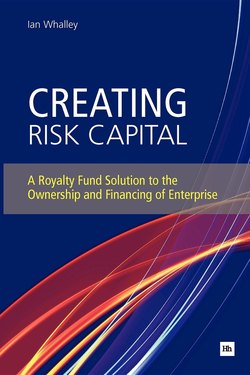Читать книгу Creating Risk Capital - Ian Whalley - Страница 47
На сайте Литреса книга снята с продажи.
The trusteeship model
ОглавлениеKay and Silberston proposed a trusteeship model in 1995. On this model, there is a duty to sustain the corporation’s assets, both tangible and intangible, including “the skills of its employees, the expectations of customers and suppliers, and the company’s reputation in the community” and “to balance the conflicting interests of current stakeholders and additionally to weigh the interests of present and future stakeholders”. [15]
The dominant objective would be “to give executive management the greatest possible freedom to develop the business over a period of years in whatever way they think fit, while holding them rigorously responsible to all the parties involved in the business for their performance in the long run”. According to Kay and Silberston, “All this is not very different from what many well-managed companies currently do – or what others would like to do. It would, nevertheless, have a profound effect on corporate behaviour”. [16]
Some of these models have lost momentum. The managerialist model was eventually discredited, mainly by the widespread failure of the conglomerate movement in the 1970s and 1980s, since when the prevailing view has developed that managers “tend to serve disproportionately their own interests, however well-intentioned”. [17] Enthusiasm for the labour-oriented model waned with the realisation that effective governance by the workforce becomes difficult and costly in the many cases where there are conflicting interests within the workforce. The state-oriented model also lost its appeal through the advent of Thatcherism in Britain, the reduction in state ownership in France, the collapse of communism in the 1990s, and the poor performance of state corporatist economies in Japan and other Asian countries.
